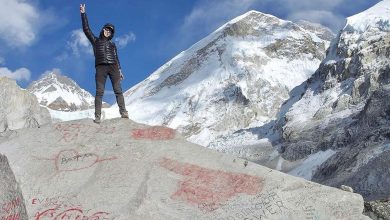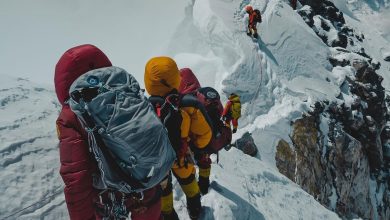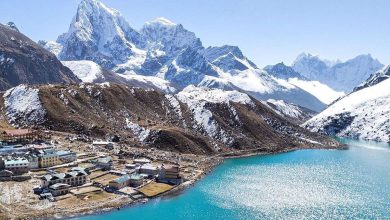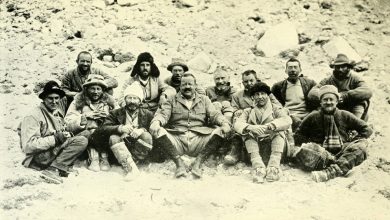Petrus Albertyn Swart Death On Everest | What Happened?
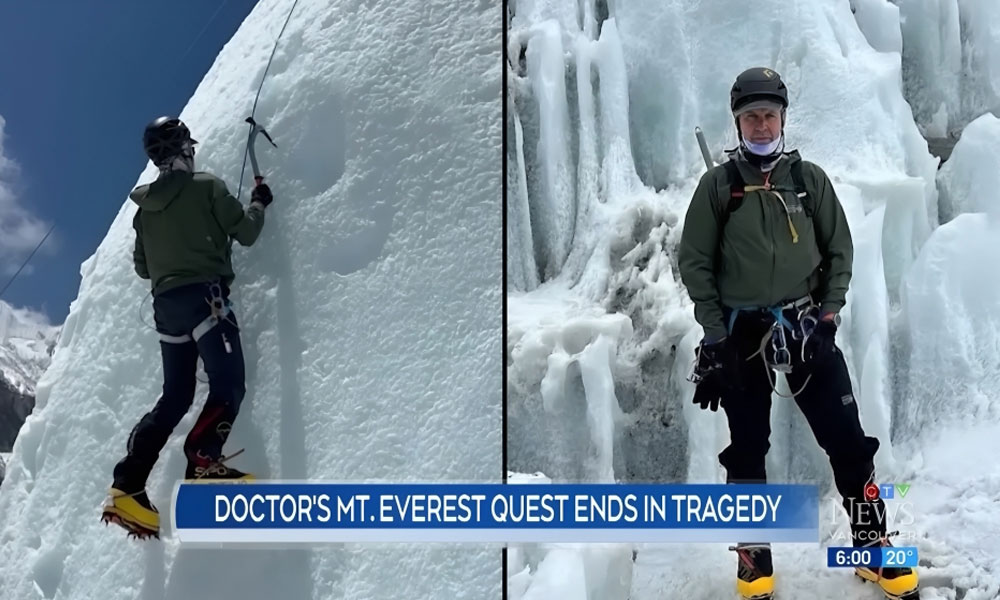
Climbing Everest, the world’s highest peak, is a matter of pride to mountaineers. But the important thing to consider is the level of risk and challenges that comes with climbing it. Climbing Mount Everest poses numerous risks, like extreme altitude, which can lead to the illnesses like altitude sickness and hypoxia. There is a dangerous section on Everest called the ‘Death Zone.’ The oxygen level is relatively low (⅓ of that available on sea level) than at other elevations here, and it can cause several malfunctions in the body, like severe fatigue, impaired judgment, and difficulty breathing.
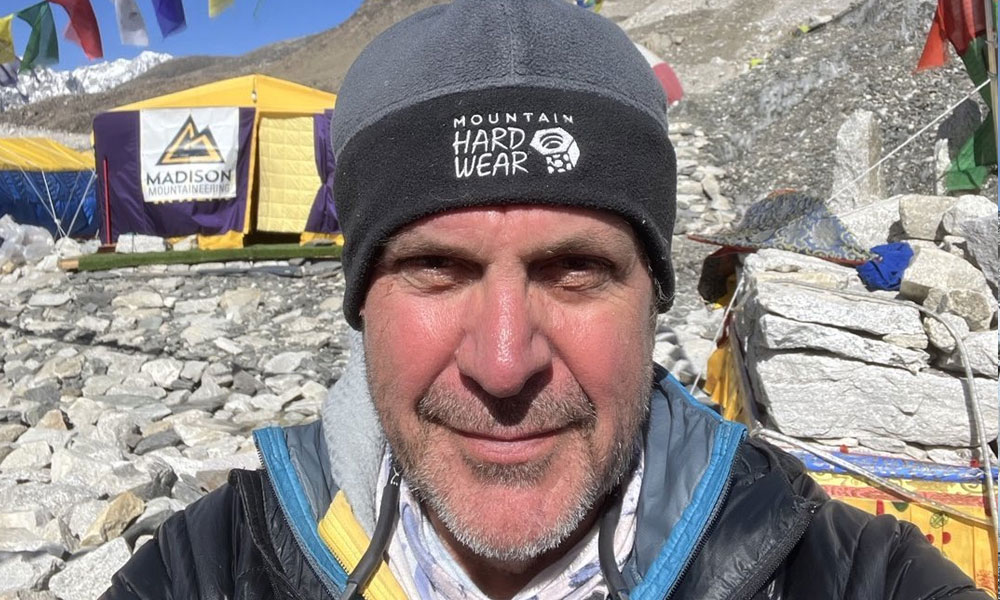
Extreme weather conditions and frigid temperature are one of the riskiest factors contributing to Everest deaths. It can cause high winds, blizzards, and extreme cold, posing additional risks and dangers to climbers while climbing Mount Everest. The same thing happened this year.
The extreme weather in 2023 caused several deaths. And Petrus Albertyn Swart was one of them. But how did he die? What happened to him while climbing Everest? To know more about it, read the featured blog below!!
Petrus Albertyn Swart’s Death On Everest | What Happened?

While climbing Mount Everest, Petrus Albertyn Swart died on May 25, 2023. Reports mentioned that he took his last breath above Camp III. He was about to make his final summit push from Camp IV initially; however, he fell unwell and could not continue his expedition.
The reports said that he suffered from altitude sickness while trying to reach the summit. He was immediately rescued to Camp IV after he showed the symptoms. The crews were on the verge of taking him to Camp III and seeking additional help; however, Petrus died.
Petrus was an integral part of Madison Mountaineering’s Everest Expedition Campaign. Sources revealed that he was tried to rescue from Camp III. He was 63 when he died on Everest.
View this post on Instagram
History of Everest Climbing and Death Records
The history of Everest Climbing with the ascent of George Mallory in 1922 and 1924. Mallory’s second and last expedition went in tragedy as he and his fellow climber Andrew “Sandy” Irvine went missing. Mallory’s body was found 75 years later, in 1999, frozen in ice and snow. Similarly, many other climbers lost their lives while attempting to scale it.
After Sir Edmund Hillary and Tenzing Norgay Sherpa conquered Mount Everest for the first time on 29 May 1953, the trend of Commercial Mountain Climbing has grown up. But it does not reduce the risks posed by the world’s highest peak. Still, the challenges like high altitude, altitude sickness, freezing temperatures, extreme weather and climate conditions, and sloppy routes exist on Everest. The report from July 2022 cited that 310 mountaineers had already lost their lives attempting to scale the mighty peak. And with the additional 17 dead/missing climbers in 2023, the number of deaths on Everest hikes.
The year 2023 is the record-breaking year to issue Everest Climbing Permits. National Mountaineering Association and Nepal Government issued four hundred seventy-eight permits this year. They were bought by the climbers from around 65 countries. With the increase in climbing permits, the mortality rate also hiked significantly. Although all expeditions were launched during the Spring season (Peak Season), most climbers died in Spring alone due to extreme weather conditions and avalanches. However, search parties and rescue missions have led via Helicopter Evacuation Services and professional guides. Five mountaineers are still missing but considered dead.
You may also like:
